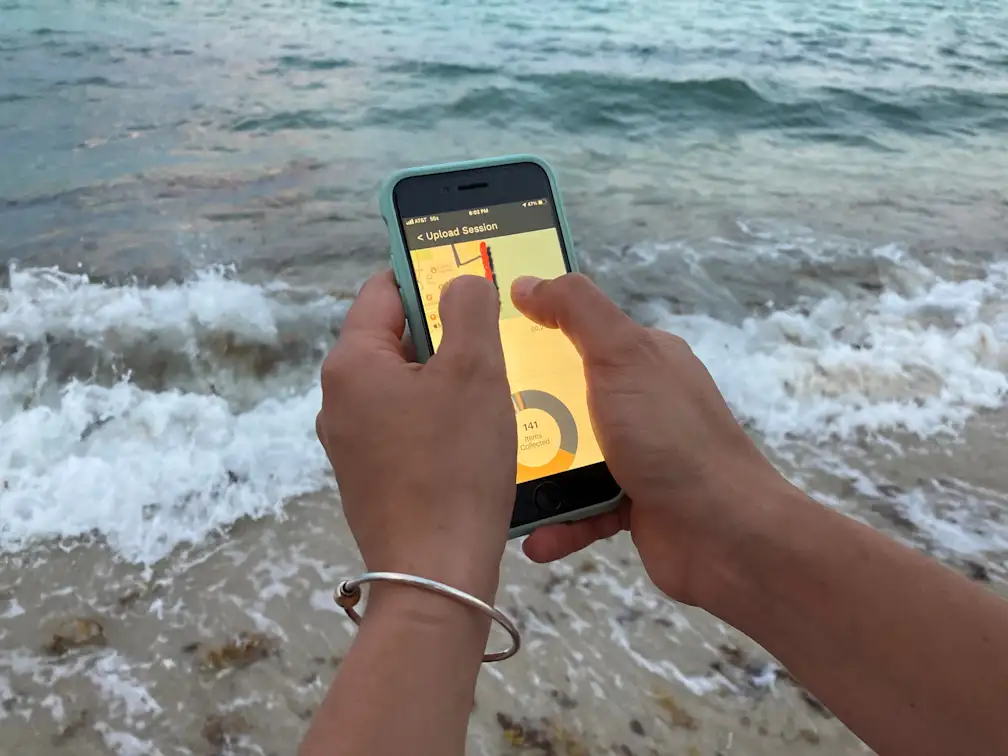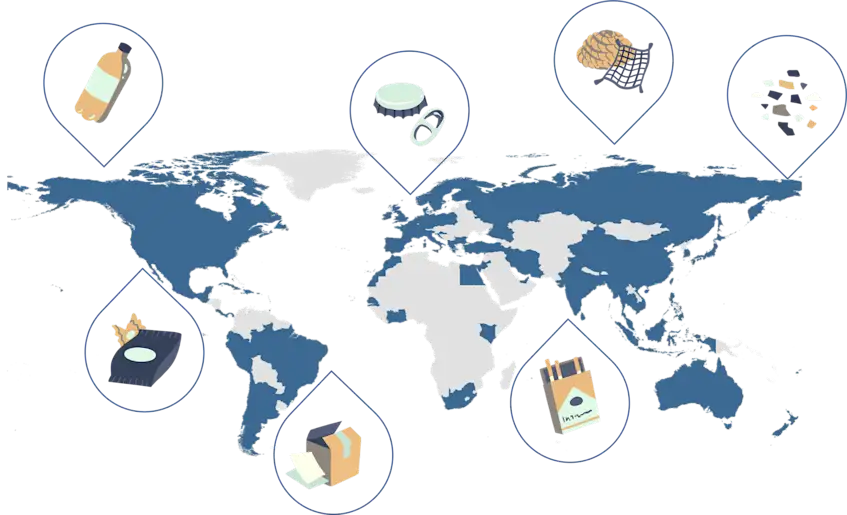If you’re reading this, chances are you’ve probably seen images of plastic pollution, preying on cute wildlife and discoloring far away beaches with colorful fragments. You saw that heartbreaking turtle video and you probably say no to straws at restaurants. Maybe you’ve invested in one of those insulated reusable water bottles. You might never even forget your canvas bag heading to the grocery store.
Everyone knows plastic pollution is a problem. Right?
Ten years ago, plastic pollution was hardly an issue on the forefront of anyone’s mind. No one cared about marine debris outside of Alaska and Hawaii, and there was especially little interest in the upstream sources of marine debris in our communities. But Dr. Jenna Jambeck, a professor of Environmental Engineering at the University of Georgia, had an idea.
Dr. Jambeck saw that as our use of plastic products expanded, so too would plastic in our environment.
"Collecting data on plastic pollution, which was largely lacking at the time, was a key step to understanding the problem and creating solutions," says Dr. Jambeck.
Enter Debris Tracker. The app, originally called Marine Debris Tracker, was developed with support by the NOAA Marine Debris Program and co-founded by Dr. Jambeck and Dr. Kyle Johnson in 2010.
The idea was simple. With the advent of smartphones, we were all carrying around a high-tech data card in our pockets. Debris Tracker would allow individuals anywhere in the world to collect highly accurate geo-spatial data on the types of pollution they were seeing in their communities.
As the science of marine debris advanced, so too did our understanding of where this stuff comes from. We now know that much of the debris ending up on the ocean is starting on land. And so Marine Debris Tracker became Debris Tracker as more and more data came from inland and freshwater systems.
With support from our partners, the app itself has evolved over years, but the key tenets that guide our team remain the same.
1) There’s power in numbers.

Plastic pollution is a big, global problem, and everyone can be part of the solution. Creating a global database on plastic pollution can only be done through working with a global network of volunteers to collect data.
We use citizen science here to reference the established scientific discipline but intend to include community members more broadly, regardless of citizenship status.
2) Local volunteers are the expert in their communities.
If you’ve downloaded the app, you might have noticed that there are many different organizations listed on the app. This is because we support organizations collecting data in their communities – many of which have done so for years – by customizing our platform to meet what they are seeing on the ground during their cleanups and their specific research and advocacy goals. We also adapt to different languages and local dialects. No worries if you’re tracking solo! Just select quick track to skip this step and jump to tracking on the NOAA list, a widely used protocol for collecting data on debris.
3) Open data is key.

How do we get all these organizations to talk to each other? On the backend of our database, we cross-reference each individual item with a master list, allowing data from around the world to communicate in a comparable way. Sharing data is the fastest way to move towards solutions, support research and education, and promote change. That’s why all our data is openly, freely available for download on our site.
Today, Debris Tracker has grown to have over 5 million items tracked and over 10,000 users around the world. We are working to make the idea of a global database on plastic pollution a reality, through harnessing the power of citizen science, open data, and technology. But really, this is just the beginning of the story for our little app. Together, we can create a platform that will not only serve to inform research and education, but that will inspire change. Will you join us?
Written by Kathryn Youngblood, Citizen Science Director of Debris Tracker
